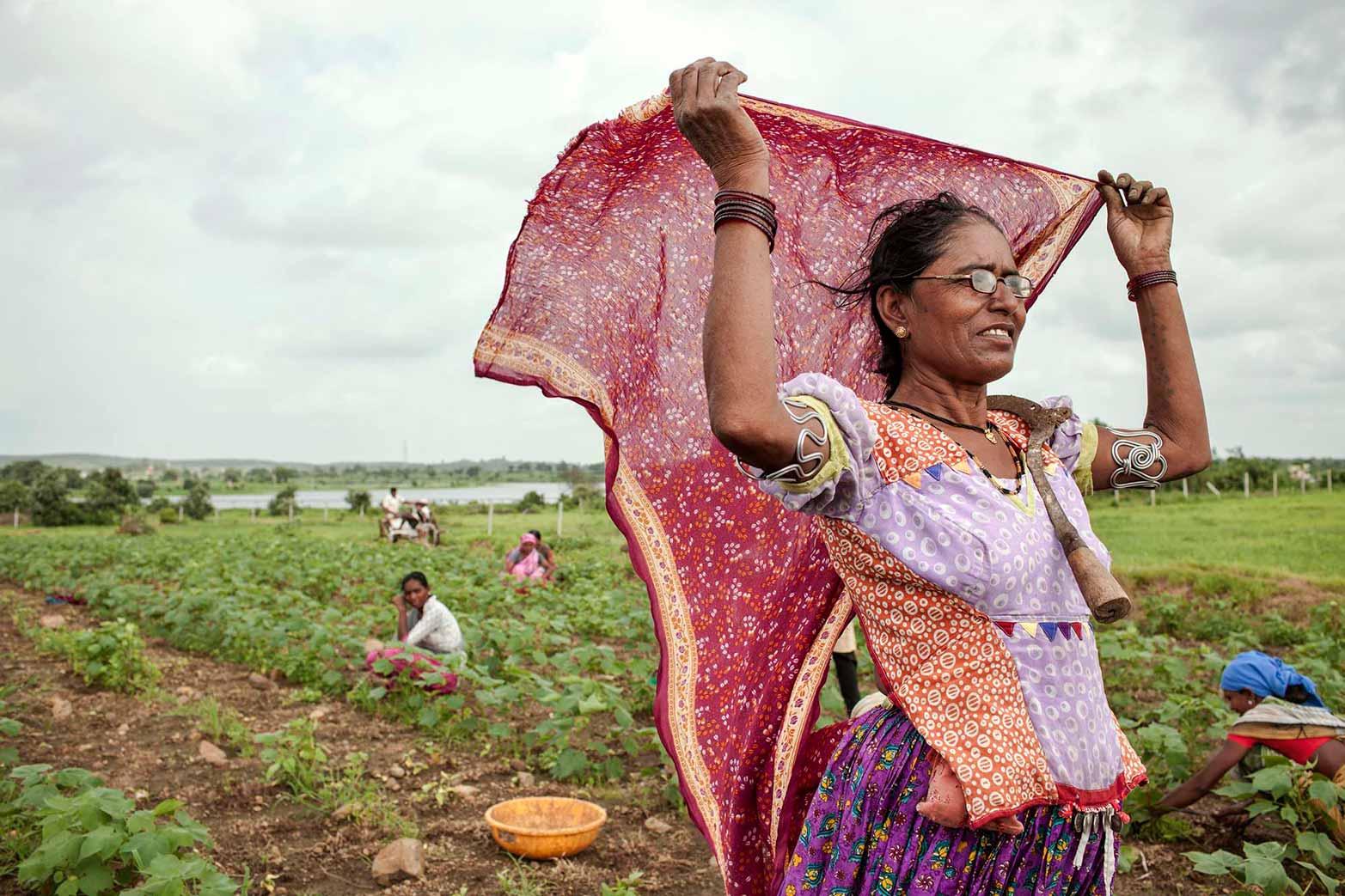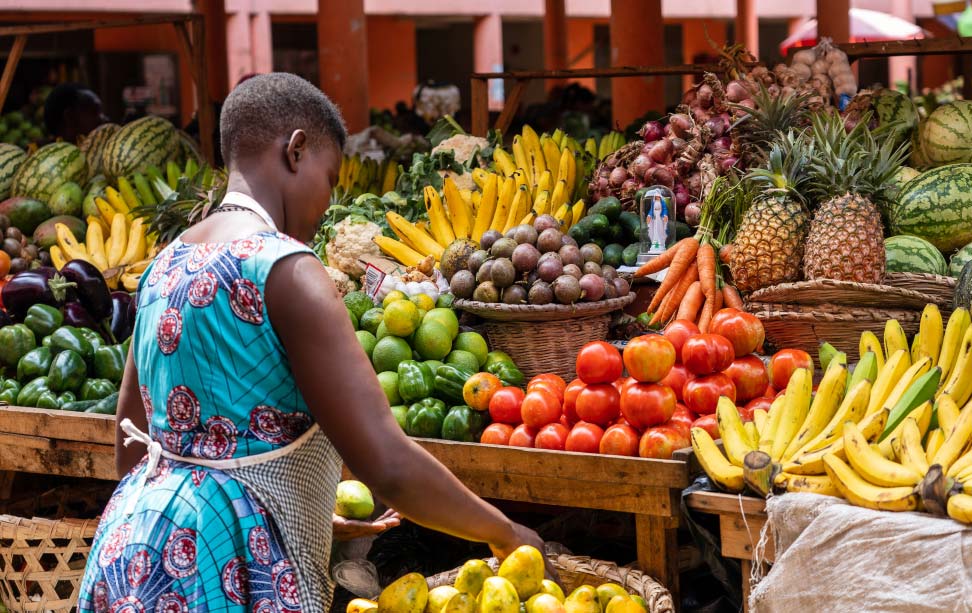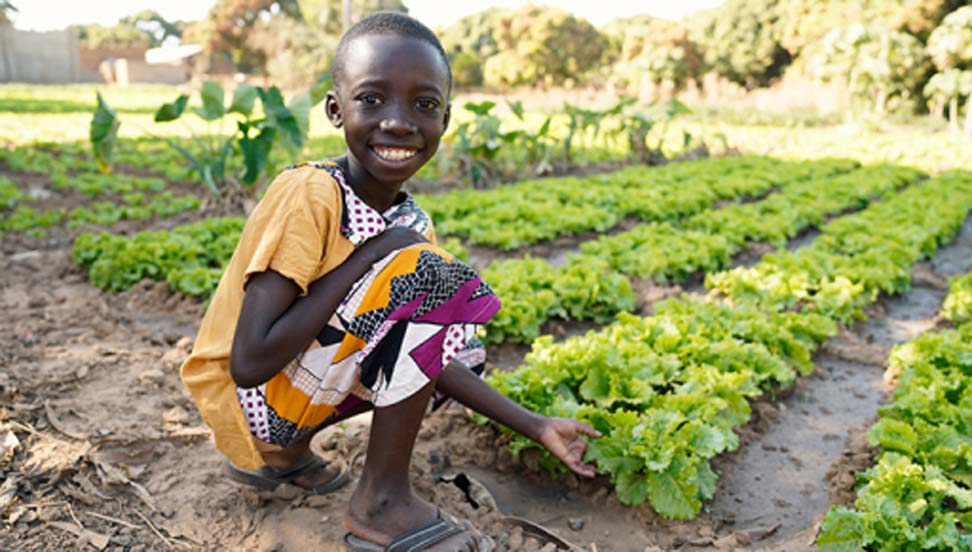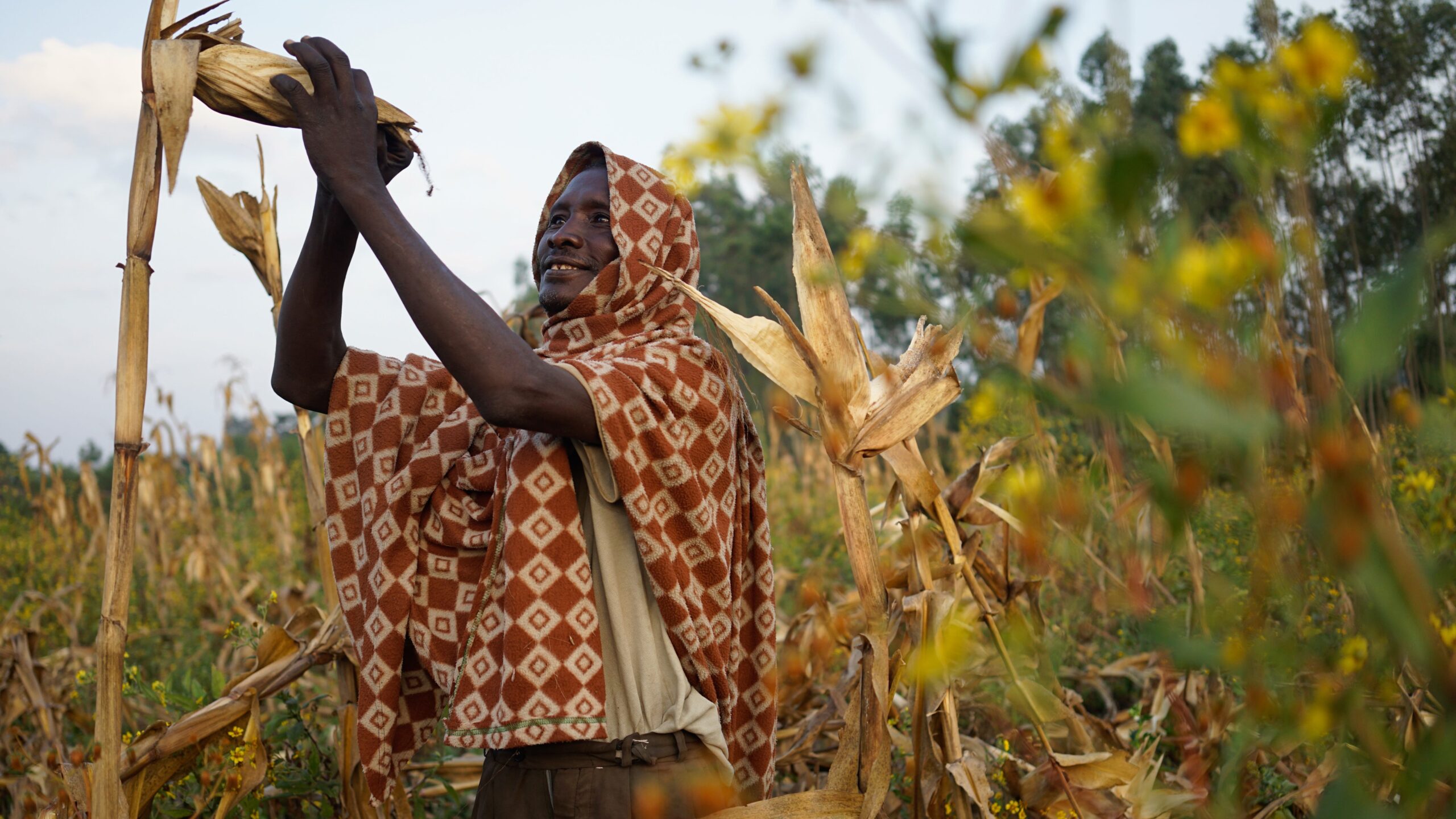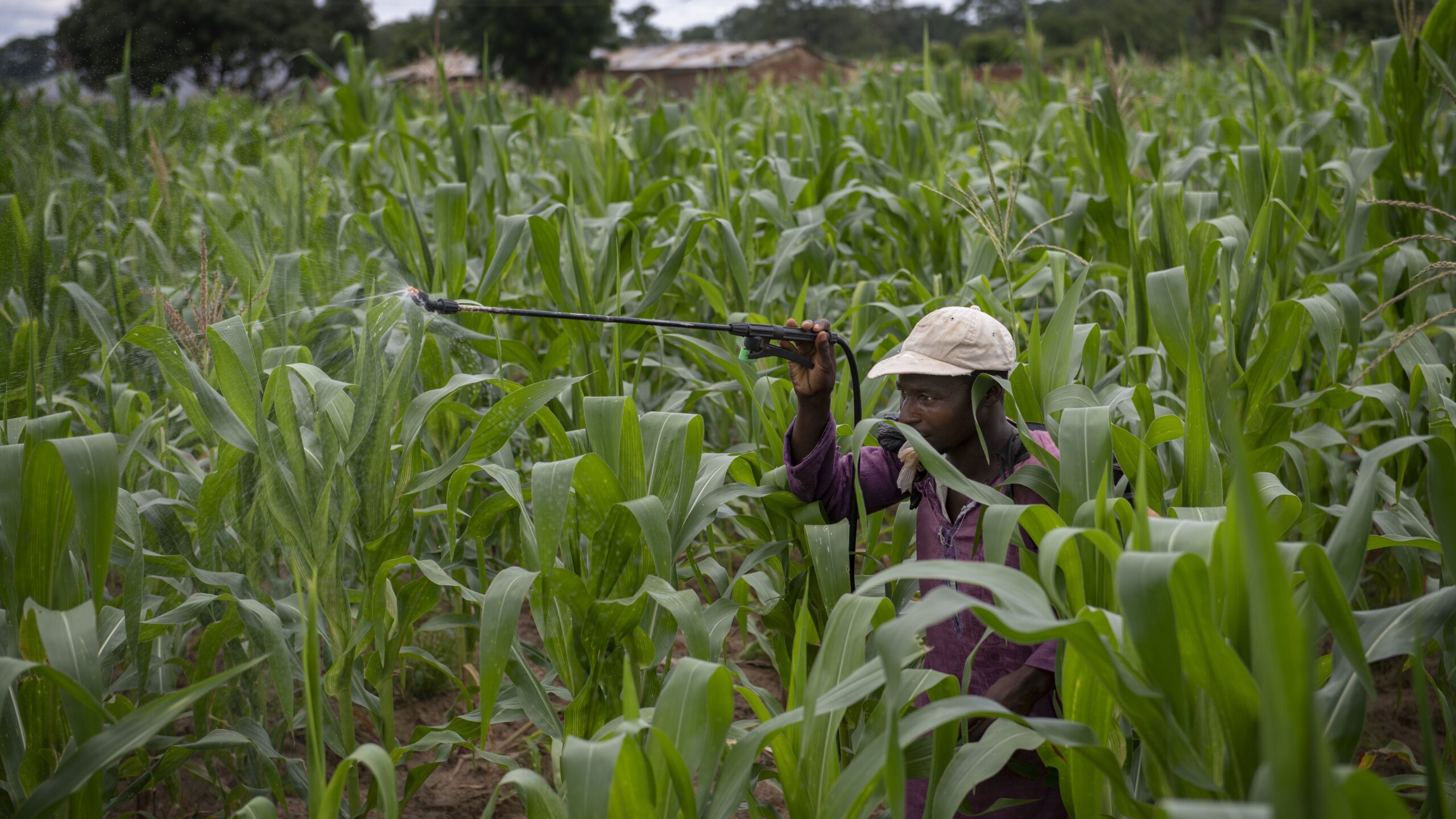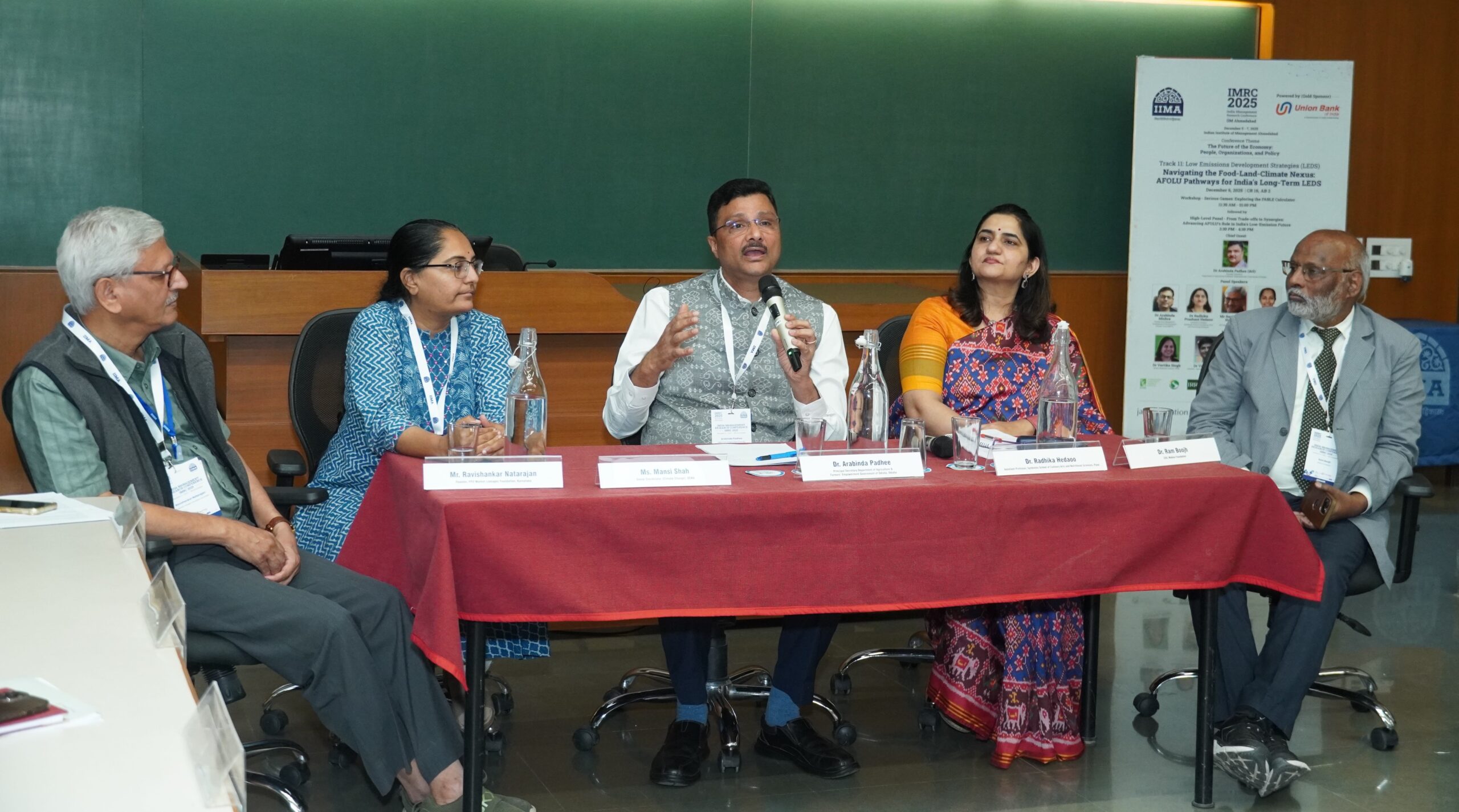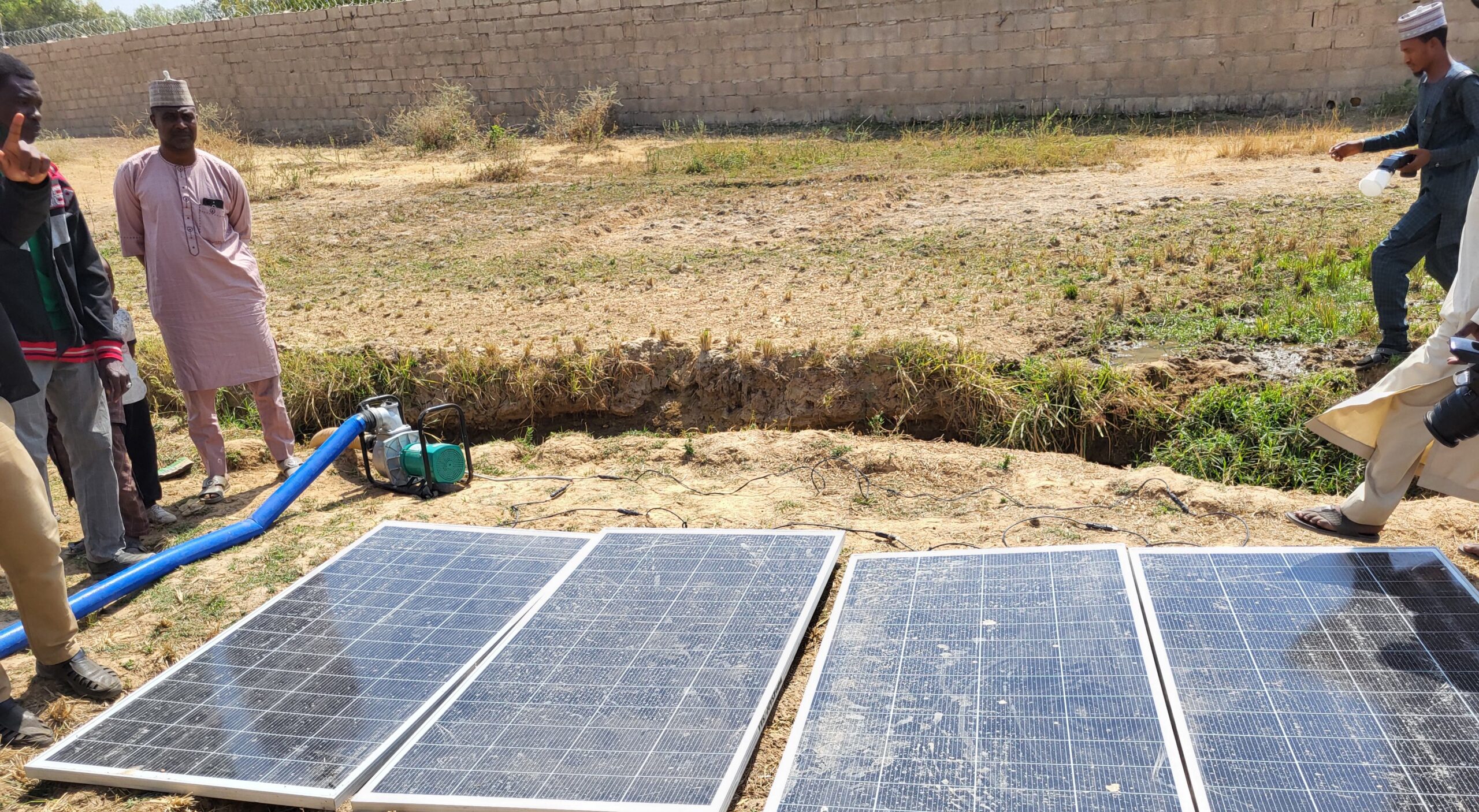Increasing farmer adoption of improved crop varieties is a key way to improve agricultural productivity and reduce poverty in low-income countries. Yet in these areas, smallholder farmers’ reported yields for such varieties often fall far short of researchers’ and policymakers’ expectations.
What accounts for this gapbetween the high yield numbers documented in researcher-managed field trials and those reported in practice?
One potential source is the reporting itself. While information on the adoption and yields of improved crop varieties in field trials is carefully collected by researchers, data from farmers’ fields is mainly based on their self-reported recall in household surveys. This raises the question: Is some of the yield gap due to farmers misidentifying crop varieties—confusing improved (higher yielding) with non-improved/“traditional” (lower yielding)?
The question has important implications beyond data gaps. If farmers don’t know they are using an improved variety, they are less likely to use the complementary inputs and practices needed to achieve higher yields, affecting their incomes and livelihoods.
How our study addresses the problem
In our new study, published in the Journal of Development Economics, we used the Ethiopia Socio-economic Survey conducted in the 2018/19 growing season to examine this question. We found that when varieties were reported accurately, the yield gap decreased and that farmers who knew they were using improved seeds also employed the needed complementary inputs like labor and fertilizer. Moreover, those farmers saw clear financial benefits from their higher yields.
As is typical in these surveys, the data included farmers’ own assessment of whether or not the maize seed they planted was improved or “traditional.” In addition, the survey collected maize samples from the farmers and tested them against the seed reference library for Ethiopia using DNA fingerprinting to determine if they were in fact improved or non-improved varieties. Thus, this dataset provided us with two measurements of seed variety adoption, enabling us to identify the farmers who were correct and those who were incorrect about the seed varieties they used—and in the latter case, those who subsequently made suboptimal decisions on the use of complementary inputs.
Our results
We found that on average, yields were not higher for improved varieties compared to non-improved maize varieties when we only considered farmers’ self-reporting of the varieties they planted.
However, when we added DNA fingerprinting information to the analysis, we found that the farmers who believed they planted improved maize varieties and actually did so had higher yields. These farmers also used more complementary inputs like labor (i.e., they spent more time working on their plots, with better land preparation, weeding, and upkeep) and fertilizer to boost the yields of the improved varieties they planted.
As a result, they saw an average increase in yields of about 72% compared to those who reported they used non-improved varieties and were confirmed correct by DNA fingerprinting.
Around 42 percentage points (of the total increase in yields of 72%) were attributed to the genetic seed effect of the improved varieties and about 30 percentage points were associated with the farmers’ effort effect in the form of using additional complementary inputs.
Calculating benefits and costs
In related work, we conducted a benefit-cost analysis to understand the lost value of production that occurs because a farmer misperceives the variety of planted maize. We estimated that the additional 42 percentage point gain in yields associated with the genetics of improved varieties amounted to a $71.22 benefit per hectare on average during the harvest season, and about $83.72 for the lean season when maize prices were higher, assuming 15% of the harvest was lost during storage.
In terms of costs, if the farmer were to switch from seed recycling to purchasing an improved seed variety, the additional cost to plant one hectare of land would be $25.73 based on a seeding rate of 25 kg/hectare and $1.03/kg average price of seed in our dataset. The resulting benefit-cost ratio equaled 2.77 ($71.22/$25.73) for the harvest season and 3.25 ($83.72/$25.73) for the lean season. Thus, with every dollar spent on purchasing improved seed, the average observed return for farmers would be $2.77 at harvest or $3.25 in the lean season—between a 277% and 325% return on investment.1
Conclusions and policy implications
Our findings have several significant policy implications. The results showed that returns to improved crop varieties on smallholder farmers’ plots were indeed higher than those of non-improved varieties. They also provided evidence that measurement error in smallholder farmers’ datasets can obfuscate the benefits of adopting improved maize varieties.
The benefits of adoption would not have been accounted for without the study’s DNA fingerprinting efforts. This is important to note because continued investment in breeding and disseminating improved varieties to farmers depends on accurate estimates of their yield gains. If the benefits of this key form of biotechnology are not correctly documented, budgets for agricultural R&D may be threatened in times of scarce resources. The accuracy problem is a major challenge, as the kind of measurement errors found in Ethiopia are omnipresent in smallholder farmer datasets across many low-income countries. Our study is characterized by a relatively small sample size. Datasets with large number of observations for error-free information on adoption should become an essential part of informed decision-making for researchers and policymakers. Moreover, similar studies should be conducted in other contexts to enhance our findings.
Nina Jovanovic is an Associate Research Fellow with IFPRI’s Development Strategies and Governance Unit, based in Cairo; Jacob Ricker-Gilbert is a Professor in the Department of Agricultural Economics at Purdue University.
A portion of this work was supported by the CGIAR Research Initiative on National Policies and Strategies.
Referenced journal article:
Jovanovic, N., & Ricker-Gilbert, J. (2025). Estimating the Direct and Indirect Effects of Improved Seed Adoption on Yields: Evidence from DNA-Fingerprinting, Crop cuts, and Self-Reporting in Ethiopia. Journal of Development Economics, 103466. https://doi.org/10.1016/j.jdeveco.2025.103466
1. These are documented benefits that are important for policymakers and donors. They are needed to justify breeding and extension programs. These are not direct benefits to farmers.
